Comparative Health-Related Quality of Life of Patients with Psoriatic Versus Rheumatoid Arthritis
DOI:
https://doi.org/10.61919/byfswf53Keywords:
psoriatic arthritis, chronic inflammatory diseases, Physical functioning, Mental health outcomesAbstract
Background: Psoriatic arthritis (PsA) and rheumatoid arthritis (RA) are chronic inflammatory diseases with distinct pathophysiology but overlapping impacts on patients’ quality of life. While both impair physical, social, and psychological wellbeing, comparative evidence on health-related quality of life (HRQoL) across the two conditions remains limited. Objective: To compare HRQoL outcomes in patients with PsA and RA, focusing on physical functioning, pain, and mental health. Methods: We conducted a cross-sectional study of 256 adult outpatients with clinically confirmed PsA (n=128) or RA (n=128) recruited through stratified random sampling. HRQoL was measured using the Short Form-36 (SF-36) Health Survey and the Health Assessment Questionnaire (HAQ). Clinical measures included grip strength, effusion count, and erythrocyte sedimentation rate. Associations between disease group and outcomes were assessed using multivariable regression adjusting for age, sex, and disease duration. Results: Compared with RA, PsA patients reported higher physical functioning (mean difference 21.7, 95% CI 14.7 to 28.7, p<0.001), fewer role limitations due to physical health (28.9, 95% CI 14.3 to 43.5, p<0.001), and greater vitality (13.5, 95% CI 5.0 to 22.0, p=0.002). Disability was lower in PsA (HAQ difference –0.53, 95% CI –0.73 to –0.33, p<0.001). Mental health outcomes did not differ significantly. Conclusion: PsA patients experience less physical disability and better functional outcomes than those with RA, though both groups share a comparable psychological burden. Tailored treatment strategies should combine physical rehabilitation with enhanced psychosocial support.
Downloads
Published
Issue
Section
License
Copyright (c) 2023 Shadab Arshad, Syed Naeem Abbas (Author)

This work is licensed under a Creative Commons Attribution 4.0 International License.
© 2025 The Authors. This work is licensed under a Creative Commons Attribution 4.0 International License (CC BY 4.0).


